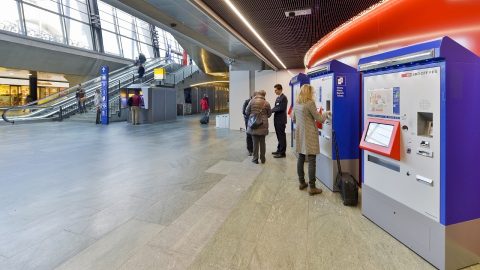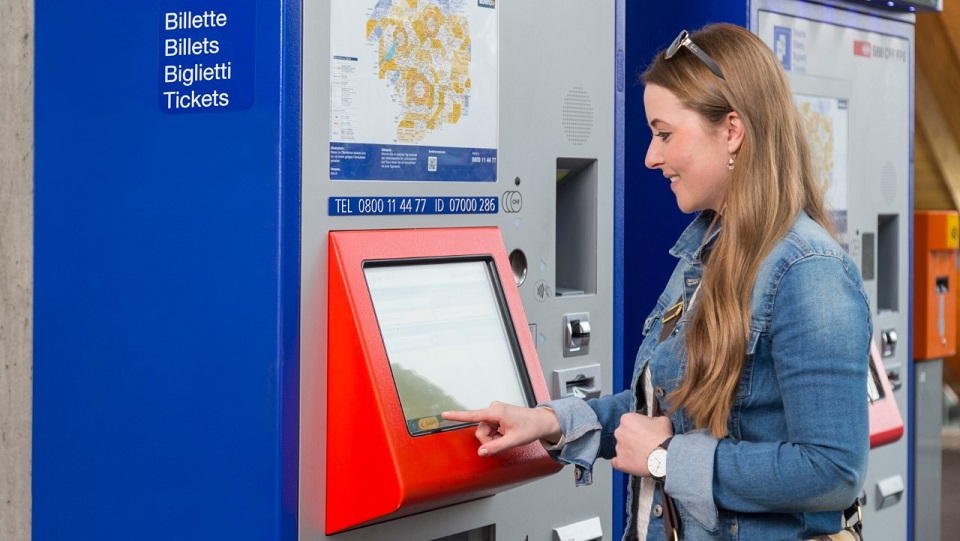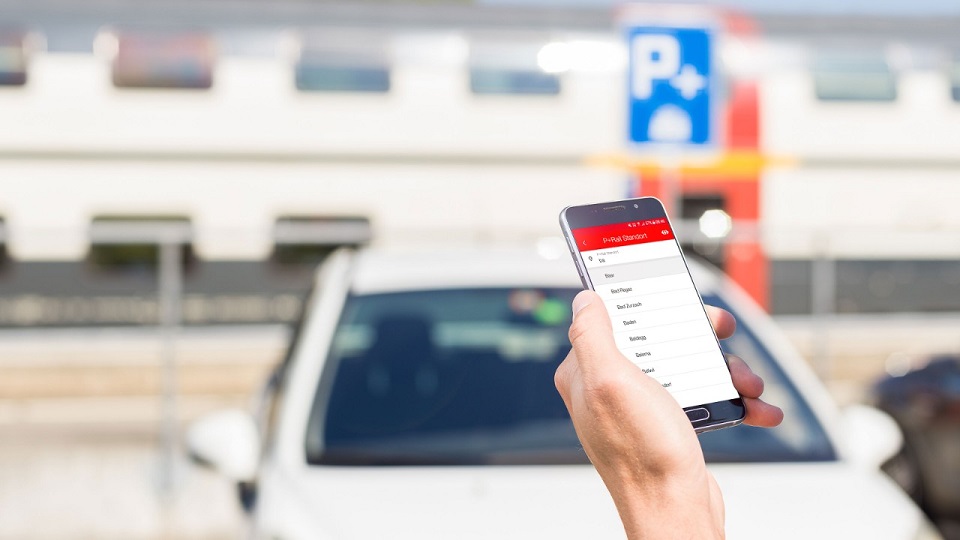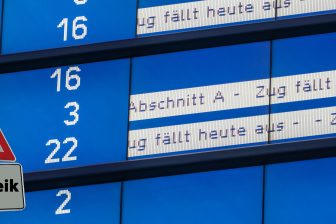
SBB makes headway towards self-service
The automation gets increasingly into the rail sector. It covers the various segments of the industry – from the track maintenance to the manufacture of rolling stock. For the railway passenger operators, the automation means not the only implementation of the Automatic Train Operation (ATO). This process also includes introducing self-service solutions in the ticketing systems. Swiss national railway operator SBB has achieved a certain success in this area. More than 90 per cent of its tickets are sold via the self-service channels.
SBB is implementing the self-service in two main ways. The first one is to convert the ordinary train stations into self-service centres. For many years, the company has been installing the ticket machines at the railway stations. “All of our stations are offering the possibility for self-service today. There is at least one ticket machine at every SBB station,” the operator answered to the RailTech request.
In 2014 SBB started a new era in ticketing. The railway operator began to convert some stations to completely self-serviced centres without operated ticket offices. In the five-year period, 25 railway stations became the self-serviced. The conversion timeline is as follows:
- 2014: Kollbrunn, Safenwil, Schönenwerd
- 2015: Bad Ragaz, Fischenthal
- 2016: Court, Courgenay, Näfels-Mollis, Netstal, Siggenthal-Würenlingen, Fehraltorf, Flüelen, Herrliberg-Feldmeilen
- 2017: Killwangen-Spreitenbach, Kilchberg, Nänikon-Greifensee, Villeneuve
- 2018: Turgi, Basel EAP, Küssnacht am Rigi, St-Maurice, Münchenbuchsee, Zürich Tiefenbrunnen, Erlenbach, Glovelier.
Text continues below the picture.

SBB ticket machine, source: SBB.
This year the process is going on. During the first half of the year, SBB has transformed nine railway stations into the self-service centres: Pratteln, Richterswil, Rümlang, Muri Aargau, Winterthur Seen, Rheineck, Aadorf, Nebikon, Glattbrugg. The conversion of Schwanden train station is scheduled for 1 October.
At the same time, the company specifies that the ticket offices remained at the major train stations. “Where there is a demand, SBB provides ticket offices. At bigger stations we have so-called Reisezentren (centres for travellers),” the company noted. Also, the operator has a special phone service and the SBB Live Chat to contact with customers.
Text continues below the picture.

SBB Mobile application, source: SBB.
Digital channels
The second way to introduce self-service is the digital channels. 51.5 per cent of the SBB tickets are sold via the company’s official website and the mobile application. The latter becomes more and more popular among the passengers. Over 3 million customers use the SBB Mobile application per month, around 800,000 of them purchase tickets with the help of a smartphone. SBB notices that the share of the digital channels is continuously increasing.
SBB offers passengers a wide range of mobile applications. The main solution is SBB Mobile where the customers are able to look for the train schedule and buy tickets. The SBB Preview application provides the automatic ticketing service. Besides the ticketing, the company’s mobile solutions provide passengers with other options: SBB FreeSurf – to connect free internet on trains, SBB P+Rail – to select and pay for parking at the train stations, “My station” – to search information about services at the train stations, SBB MyWay – to record which modes of transport the customer uses to travel, SBB AR preview – to optimise a journey by train and find an optimal way from or to railway station.

SBB P+Rail application, source: SBB.



